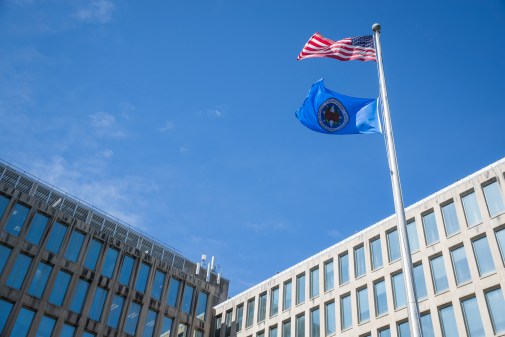 Below is a shortened view of USDA’s IT best practices case study posted today on CIO.gov (complete report below).
Below is a shortened view of USDA’s IT best practices case study posted today on CIO.gov (complete report below).
The problem
In 2008, the Department of Agriculture had more than 21 e-mail systems with a variety of settings and specifications grown out of the agency’s federated structure. The system was costly ($13 a month per user) and inhibited information exchange throughout the agency.
The challenge
With 29 agency components not wanting to give up control of their system it was hard to get everyone to buy into the system. Other challenges included promoting a smaller inbox during implementation (200 MB) than what many parts of the agency had, migrating no more than two weeks of email from the agency system to the enterprise system and timely expansion of the enterprise infrastructure from servers to storage to accommodate the various phases of migration.
The solution
An acquisition for collaboration and communications software-as-a-service cloud solution to support its internally hosted Enterprise Messaging Service (EMS) solution. The resulting services augments and will eventually replace USDA’s internal EMS solution, the target environment for consolidating 21 email systems supporting approximately 120,000 USDA staff and support contractors.
Results
The new system dropped costs to less than $8 a month per user and once fully operational expects to save the agency $6 million per year. The system gives USDA more control over managing email settings across the enterprise, leading to a heightened security posture and better records management, not to mention sending software updates to all users at the same time.
Lessons Learned
- Cloud solutions offer attractive benefits to enterprise-wide consolidation efforts.
- Organizational change management is a critical component of migrating successfully to the cloud.
- New functionality must be conveyed to business and end users through a coordinated communications/outreach strategy.
- Make sure everyone understands the full cost of doing business and that it is not just the cost of the email service, but the end to end services, systems and infrastructure.
- In order to maximize mailbox migration velocity there should be soft limits on the amount of email that is migrated per user. In this instance, USDA set the general standard to 200 MB to migrate approximately 5,000 to 7,000 mailboxes per week.
- Two migration techniques can be leveraged. One technique for large organizations supports incremental migration over a period of a week or more with a bridge between legacy and target email systems to support functions like calendar free-busy visibility. The other technique for small organizations is a “forklift” migration to convert an agency overnight or over a weekend.
- Legacy email systems can be ramped down once migration is complete but legacy archive systems may need to be supported for eDiscovery purposes.






